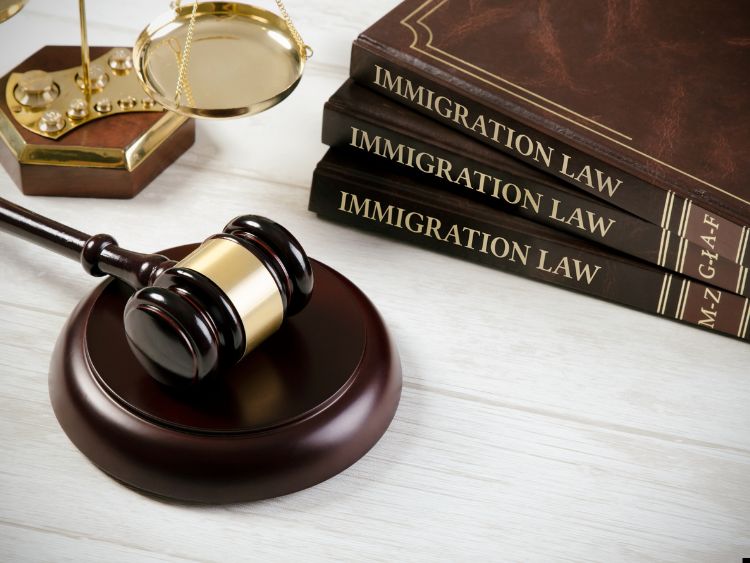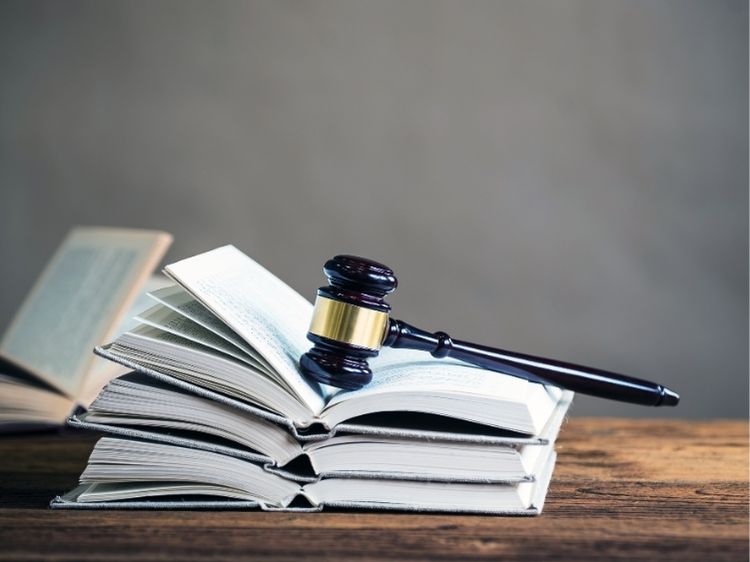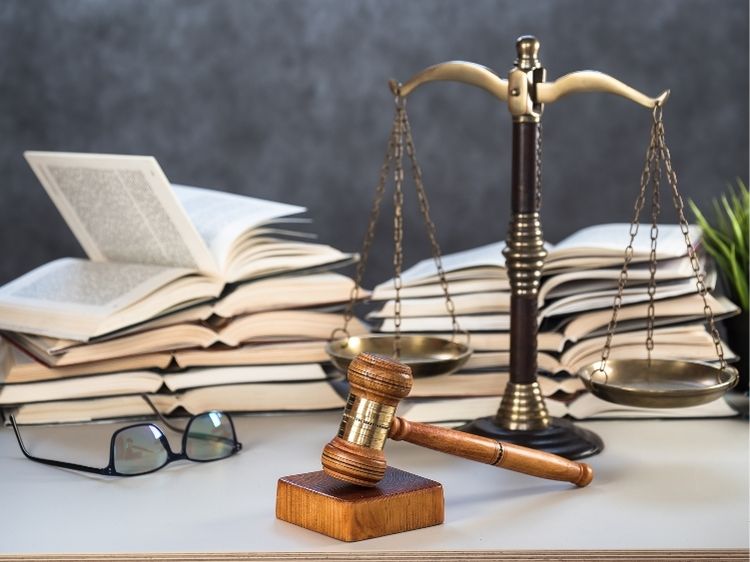Understanding Product Liability Lawsuits: What You Need to Know
Ever bought a product that didn’t quite work out as expected? Maybe it even caused some damage or injury? If so, you’re not alone. Every year, thousands of people file product liability lawsuits seeking compensation for damages caused by faulty products. But what exactly is a product liability lawsuit, and how does it work? In this article, we’ll dive deep into the nitty-gritty of product liability lawsuits, exploring everything from the basics to the finer details. So, buckle up!
What is a Product Liability Lawsuit?
A product liability lawsuit is a legal action taken by a consumer against a manufacturer, distributor, or retailer. The claim typically asserts that the product in question is defective or dangerous, causing harm to the consumer. These lawsuits are essential for holding companies accountable and ensuring that consumers are protected from unsafe products.
Types of Product Liability Claims
Product liability claims generally fall into three categories:
- Design Defects: These occur when a product is inherently dangerous or defective due to its design. Even if manufactured correctly, the product is unsafe.
- Manufacturing Defects: These defects happen during the production process. The product’s design might be safe, but something went wrong during its assembly or construction.
- Marketing Defects (Failure to Warn): This category includes improper labeling, inadequate safety warnings, or insufficient instructions on the product’s use.
The Legal Framework Behind Product Liability
Product liability laws can vary depending on the jurisdiction, but they all share a common goal: protecting consumers from harm. Most product liability cases are based on strict liability, negligence, or breach of warranty.
- Strict Liability: Under strict liability, a manufacturer can be held liable for damages caused by their product, regardless of whether they were negligent. The focus is on the product itself, not the actions of the manufacturer.
- Negligence: This type of claim asserts that the manufacturer or seller failed to act with reasonable care in the design, production, or marketing of the product, leading to injury or damage.
- Breach of Warranty: Warranties are promises made by the seller or manufacturer regarding the product’s safety or performance. If the product fails to meet these promises, the consumer may have a valid claim.
The Process of Filing a Product Liability Lawsuit
So, how do you go about filing a product liability lawsuit? Here’s a step-by-step guide:
- Consult an Attorney: The first step is to speak with an experienced product liability attorney who can assess your case and guide you through the legal process.
- Gather Evidence: You’ll need to collect all relevant evidence, including the product itself, medical records, and any communication with the manufacturer or retailer.
- File a Complaint: Your attorney will draft and file a legal complaint against the defendant(s), outlining the claims and seeking damages.
- Discovery Process: Both parties will exchange information and evidence during the discovery phase. This step is crucial for building a strong case.
- Negotiation or Trial: Many product liability cases are settled out of court. However, if a settlement cannot be reached, the case will go to trial, where a judge or jury will decide the outcome.
Key Challenges in Product Liability Lawsuits
Filing a product liability lawsuit isn’t always straightforward. Here are some common challenges you might face:
- Proving Defect: One of the most significant hurdles is proving that the product was defective. This often requires expert testimony and detailed analysis.
- Causation: You’ll need to demonstrate that the defect directly caused your injury or damage. This can be tricky, especially if there are other potential causes.
- Statute of Limitations: There’s a limited time window to file a product liability lawsuit, known as the statute of limitations. Missing this deadline can result in your case being dismissed.
FAQs About Product Liability Lawsuits
What should I do if I’m injured by a defective product? First, seek medical attention immediately. Then, keep the product in question and any related documentation. Consult with an attorney as soon as possible to discuss your legal options.
How long do I have to file a product liability lawsuit? The statute of limitations varies by state and the type of claim. Generally, you have between one to six years from the date of injury to file a lawsuit.
Can I sue if the product wasn’t used as intended? It depends. If the misuse was foreseeable, you might still have a case. However, if the misuse was entirely unexpected, it could weaken your claim.
Do I need to prove the manufacturer was negligent? Not necessarily. Under strict liability, you only need to prove that the product was defective and that the defect caused your injury.
Conclusion
Product liability lawsuits play a crucial role in protecting consumers and ensuring that companies are held accountable for the safety of their products. Whether it’s a faulty design, a manufacturing error, or a failure to warn, these lawsuits offer a pathway to justice for those harmed by defective products. If you find yourself in a situation where a product has caused you harm, don’t hesitate to seek legal advice. Time is of the essence, and understanding your rights is the first step toward securing the compensation you deserve.
Remember, staying informed and vigilant about the products you use can make all the difference in avoiding harm. And if the worst does happen, knowing the ins and outs of product liability lawsuits can help you navigate the legal landscape with confidence.
Authoritative Links:
- U.S. Consumer Product Safety Commission: www.cpsc.gov
- National Product Liability Association: www.npla.org
- American Bar Association – Product Liability: www.americanbar.org/groups/litigation/committees/products-liability/



